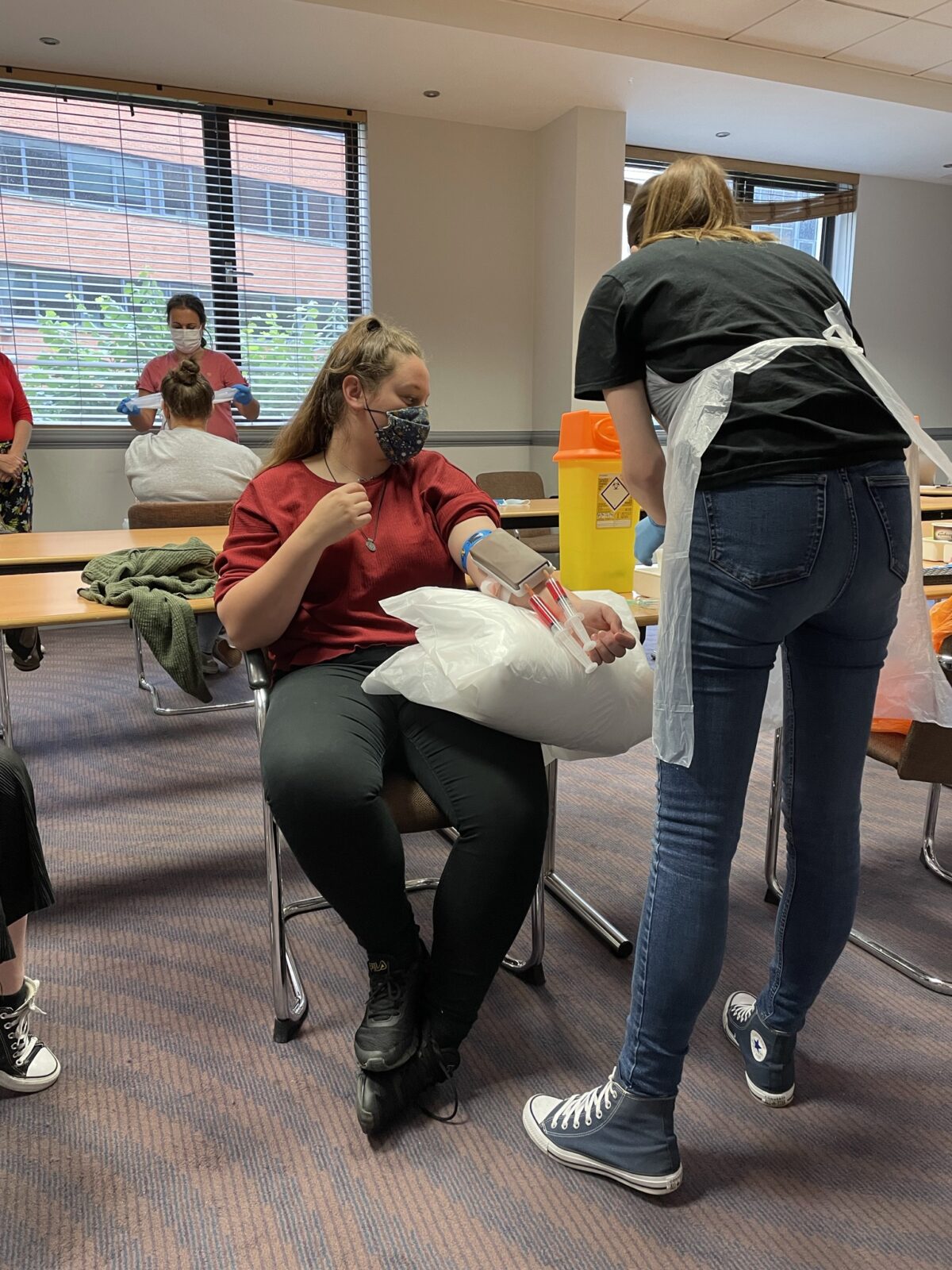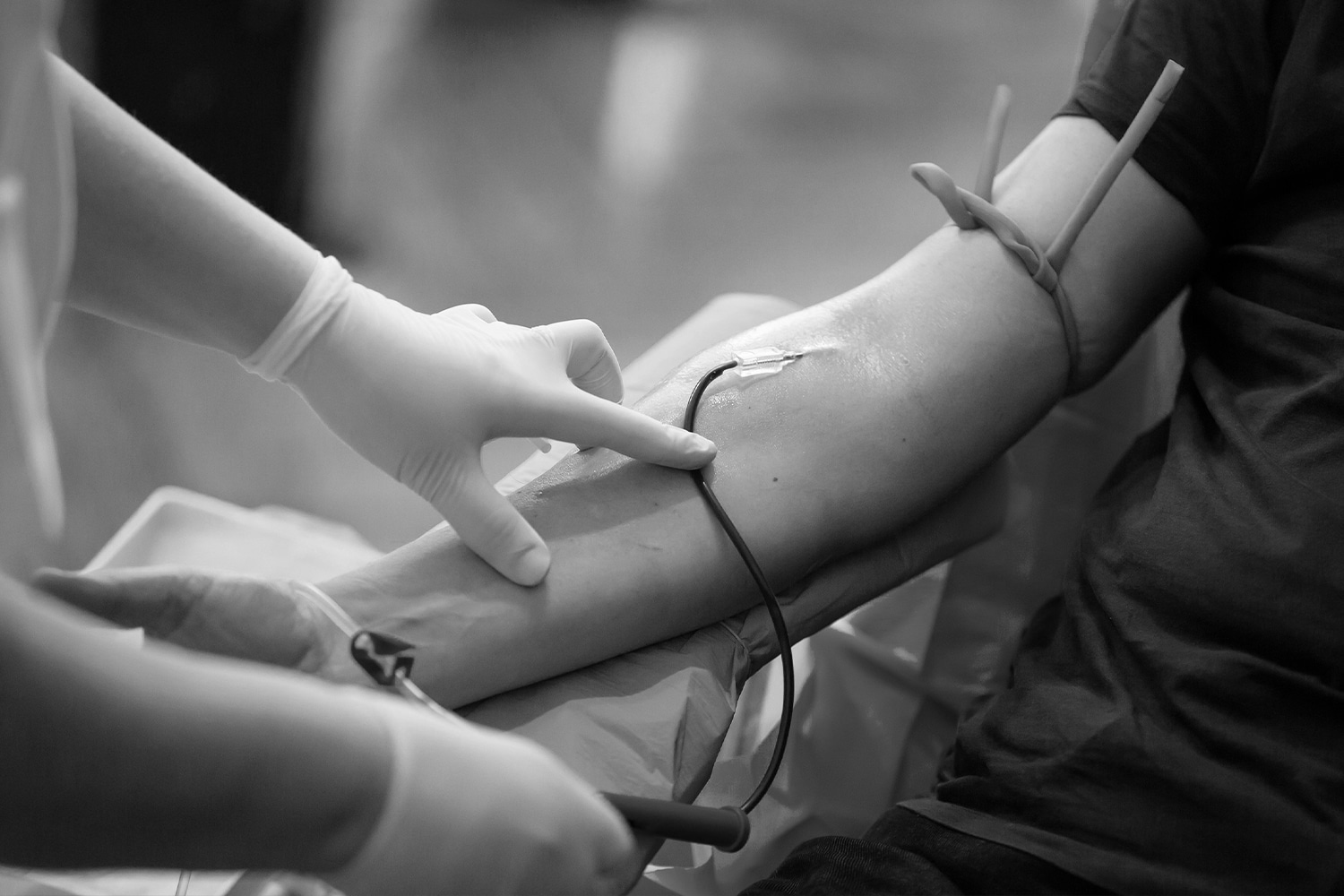The 15-Second Trick For Northeast Medical Institute - New Haven Campus Phlebotomy Course & Cna Class
The 15-Second Trick For Northeast Medical Institute - New Haven Campus Phlebotomy Course & Cna Class
Blog Article
Northeast Medical Institute - New Haven Campus Phlebotomy Course & Cna Class Things To Know Before You Get This
Table of ContentsTop Guidelines Of Northeast Medical Institute - New Haven Campus Phlebotomy Course & Cna ClassNortheast Medical Institute - New Haven Campus Phlebotomy Course & Cna Class - QuestionsTop Guidelines Of Northeast Medical Institute - New Haven Campus Phlebotomy Course & Cna ClassNortheast Medical Institute - New Haven Campus Phlebotomy Course & Cna Class - The Facts7 Simple Techniques For Northeast Medical Institute - New Haven Campus Phlebotomy Course & Cna ClassNortheast Medical Institute - New Haven Campus Phlebotomy Course & Cna Class Fundamentals Explained
Nevertheless, making use of such tools must be come with by various other infection avoidance and control methods, and training in their usage. Not all safety and security tools apply to phlebotomy. Prior to choosing a safety-engineered device, users need to extensively explore readily available devices to identify their ideal usage, compatibility with existing phlebotomy methods, and efficiency in protecting personnel and patients (12, 33).For setups with low resources, price is a driving consider procurement of safety-engineered gadgets - PCT Training. Where safety-engineered tools are not readily available, proficient use of a needle and syringe serves. Unexpected exposure and particular information about an incident need to be recorded in a register. Assistance services must be promoted for those who go through unintended exposure.
One of the necessary pens of top quality of care in phlebotomy is the participation and cooperation of the client; this is equally valuable to both the health worker and the patient. Clear details either created or spoken must be readily available per individual that undergoes phlebotomy. Annex F offers sample message for explaining the blood-sampling treatment to a patient. labelling); transportation problems; analysis of results for medical administration. In an outpatient division or facility, supply a devoted phlebotomy cubicle containing: a tidy surface with two chairs (one for the phlebotomist and the other for the patient); a hand wash basin with soap, running water and paper towels; alcohol hand rub. In the blood-sampling room for an outpatient department or clinic, supply a comfortable reclining sofa with an arm rest.
Indicators on Northeast Medical Institute - New Haven Campus Phlebotomy Course & Cna Class You Need To Know
Ensure that the indicators for blood tasting are clearly defined, either in a created protocol or in documented guidelines (e.g. in a laboratory type). Accumulate all the tools needed for the treatment and place it within risk-free and very easy reach on a tray or cart, guaranteeing that all the things are plainly visible.
Introduce yourself to the client, and ask the client to mention their complete name. Check that the laboratory type matches the individual's identification (i.e. match the person's information with the research laboratory form, to make certain precise identification).
Make the person comfy in a supine setting (if possible). The patient has a right to reject an examination at any type of time before the blood sampling, so it is important to guarantee that the individual has understood the treatment - PCT Training.
How Northeast Medical Institute - New Haven Campus Phlebotomy Course & Cna Class can Save You Time, Stress, and Money.
Extend the person's arm and examine the antecubital fossa or lower arm. Situate a capillary of a great dimension that is noticeable, straight and clear. The diagram in Section 2.3, reveals usual placements of the vessels, but lots of variants are feasible. The median cubital vein lies in between muscular tissues and is normally one of the most very easy to pierce.
DO NOT insert the needle where capillaries are diverting, since this boosts the opportunity of a haematoma. The blood vessel needs to be visible without applying the tourniquet. Locating the vein will help in figuring out the right dimension of needle. Use the tourniquet regarding 45 finger sizes over the venepuncture website and re-examine the vein.
Haemolysis, contamination and visibility of intravenous fluid and medication can all change the outcomes (39. Nursing team and physicians may access central venous lines for samplings adhering to methods. Specimens from main lines carry a risk of contamination or erroneous research laboratory examination outcomes. It serves, yet not optimal, to draw blood specimens when initial presenting an in-dwelling venous tool, before attaching the cannula to the intravenous fluids.
The Only Guide for Northeast Medical Institute - New Haven Campus Phlebotomy Course & Cna Class
Permit the location to completely dry. Failing to permit enough call time boosts the threat of contamination. DO NOT touch the cleansed website; specifically, DO NOT put a finger over the capillary to direct the shaft of the subjected needle. It the site is touched, repeat the sanitation. Do venepuncture as complies with.
Ask the person to form a fist so the veins are much more famous. Go into the vein promptly at a 30 degree angle or less, and remain to present the needle along the capillary at the easiest angle of entry - CNA Classes. As soon as adequate blood has been collected, release the tourniquet BEFORE withdrawing the needle
The 6-Second Trick For Northeast Medical Institute - New Haven Campus Phlebotomy Course & Cna Class
Withdraw the needle delicately and apply mild pressure to the website with a tidy gauze or completely dry cotton-wool round. Ask the client to hold the gauze or cotton wool in place, with the arm prolonged and raised. Ask the person NOT to bend the arm, due his response to the fact that doing so triggers a haematoma.

4 Easy Facts About Northeast Medical Institute - New Haven Campus Phlebotomy Course & Cna Class Described
Where possible, keep the tubes in a rack and move the rack towards you - https://www.storeboard.com/northeastmedicalinstitute-newhavencampusphlebotomycourseandcnaclass1. If the sample tube does not have a rubber stopper, infuse exceptionally gradually into the tube as minimizing the stress and speed used to transfer the sampling reduces the risk of haemolysis.

Report this page